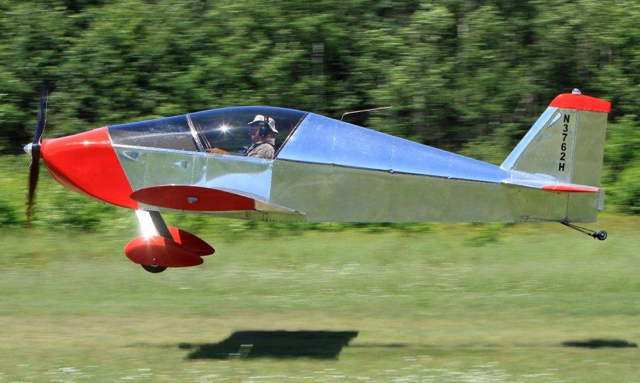When I learned to fly ultralights I was taught as many UL pilots were, how to fly a tight pattern. It made obvious sense in light of that fact that our aircraft were crazy slow, and would take FOREVER to go around the typical pattern that many GA pilots fly. GA pilots also like long finals, where we UL pilots had absolutely no need for a long final, this was due to our immense drag and low mass which required a steep final approach. 
For me, and most of you, we would turn base to final and basically dump it! It was pretty much a nice dive right at the runway, well at least that was the case draggy Quicksilver. Of course we weren’t very high up, and once we pulled back to flare, the airspeed dropped off immediately and our plane settled nicely on the grass. The same couldn’t be said of a Cessna 172.
When I stepped up to Light Sport aircraft and learned to fly the AL3 Legend Cub the pattern flown got bigger, but still not the same pattern that I see so many GA pilots flying. Soon after getting my Sport Pilot ticket I purchased a 50% share in a Sonex. This is a faster and sleeker airplane (130 mph cruise below 8k feet, and 150 mph cruise above 8k), but that didn’t make a difference on my pattern work. Granted that airplane has little drag compared to all UL’s and many GA aircraft.

I had to actually plan on how to slow the airplane down, where you never have to think about that in an Ultralight, and it’s only in the very back of your mind when flying a J-3 Cub. With my Sonex I could still fly a nice tight pattern, with or without flaps to slow me down. I saw no need to take the plane way out there, you just didn’t need it to line up on final, and it was all about energy management and glide slope. The only times I made for a huge pattern was if the pattern was busy with slower aircraft, or if the controllers requested it.
Anyway, below is a GREAT youtube video which illustrates pattern work. I love the way the guy in the video teaches concepts, great ideas!
